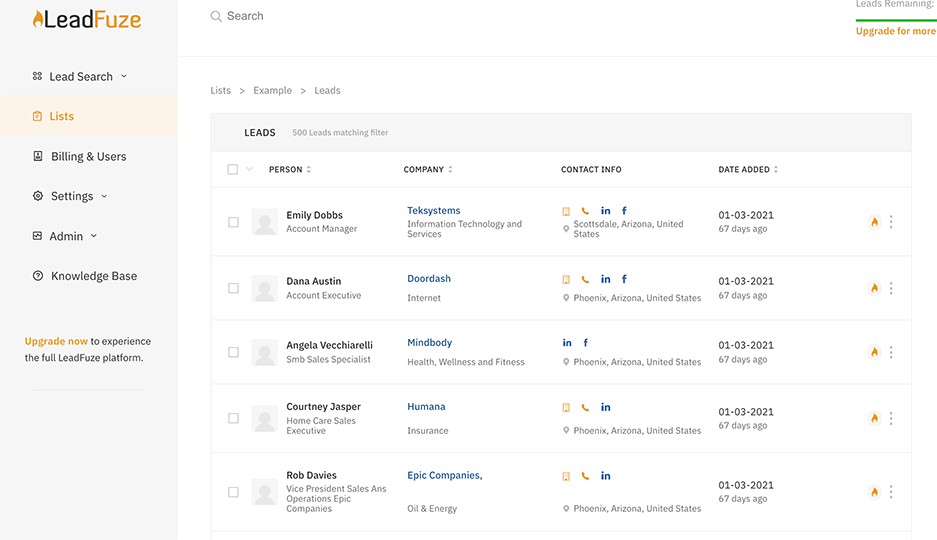Interactive content is becoming more and more popular as technology advances. This blog post will discuss the common kinds of interactive content used in marketing and the benefits.
Interactive Content Defined
Interactive content is any content that encourages users to actively engage with it. This can include calculators, assessments, infographics, white papers, and videos. By encouraging active engagement, interactive content can hold attention for longer and provide a more enjoyable experience that leads to better understanding and retention of information.
There has been much debate over the length of the human attention span, with some claiming it is shorter than the infamously short-lived memory of a fish.
While people once believed that they had 8-second attention, BBC and Ceros are now saying this is false.
If our average human attention is 8-second long, how is binging on Netflix possible?
The summer hit was a 45-minute long music video because people spend more hours playing video games.
There’s no denying that interactive content is becoming increasingly popular with modern consumers. Just look at these statistics:
- Did you know that visuals are 40 times more likely to be shared than other types of content and that doing so can increase your conversion rate by 86%?
- 360° videos have 28.81% more views, and twice as many people watch the entire experience.
- People are 4 times more likely to watch a live stream than a prerecorded video.
Today, content is far from the king.
Interactive marketing is all the rage these days, with 93% of marketing professionals ranking it as one of the most effective forms of education for potential clients.
These days, consumers want to be engaged by companies. They want to be able to use products before committing to purchase actively.
The benefits of interactive content in marketing
Here are 3 reasons why using an interactive content strategy in your marketing plan is a good idea:
Increase your engagement rates
80% of internet users will watch a video, but only 20% will take the time to read the content.
Making your web content more engaging and clickable is the key to increasing its conversion rate by 40-50% and making it more viral. People are 28% more likely to share more interactive content than a static piece.
Interactive content is a lot more effective and engaging than written articles.
The words you use in your content marketing are becoming less important than the experience you’re creating for your audience.
To succeed in today’s competitive marketplace, it is essential to create content that is not only informative but also engaging and immersive. This will help your brand stand out from the rest.
Brands often offer free downloadable content to generate leads. People who sign up for this tend to be interested in the brand genuinely.
As a result, they are more engaged and are more likely to convert to customers.
Capture more information
The more information you have about your prospects, the easier it will be for you to create targeted content campaigns that convert.
Many companies struggle to get accurate, valuable user data from their surveys.
How can using an interactive piece of content help you?
Interactive content is much more likely to convince someone to give you their contact information, as this type of material provides an enjoyable user experience. This, in turn, provides you with the valuable information you need for effective lead generation.
Increases your brand loyalty
Interactive content is anything that requires your prospect to input information. For example, quizzes, contests, and surveys are great interactive content examples that can attract site visitors, capture their information and enable you to personalize future communications.
The principle of establishing yourself as an expert:
- Expertise: the content needs to be well written and of high quality.
- Authority: The site should have authority on the topic.
- Trustworthiness: The site should be linked to other sites that Google trusts
You can learn more about your audience and what they want as you gather user data through interactive content. This makes creating content that appeals to them easily, fostering loyalty and keeping them coming back for more.
Interactive content is content that asks questions, gives users the ability to choose, or gives them the option to click on something. As you collect this data, you learn more about the people visiting your site, making it easier to create relevant content that they’ll enjoy. This, in turn, establishes trust with your readers and helps you build a loyal fan base that comes back again and again.
5 Interactive Content Types
Interactive content effectively keeps users engaged and is an invaluable tool for collecting lead data.
This data will help you better target your content marketing, helping to win more loyal customers.
Now that we’ve covered the basics of what’s involved in creating an interactive customer experience, let’s move on to the fun stuff: what are the best kinds of experiences to develop?
1. Infographics
Infographics are currently the most popular form of engaging audiences, with 40.2% of marketing professionals saying so.
Infographics were once the most shared type of content in 2017.
As the competition for attention online has increased, simply publishing an infographic is no longer enough. You need to involve users by making your infographics interactive. This will take more time and effort, but the results will be worth it as you’ll have more compelling content and generate more social media shares.
Why settle for a dull static image when you can have an engaging, interactive graphic? These graphics are more time-consuming to create, but the results will be worth it. You’ll have content that grabs attention, gets shared, and converts.
2. Interactive Video
Video marketing is becoming increasingly popular, with 85% of businesses using it in 2017, up from 61% in 2014.
As Ann Handley, the Chief Content Officer of marketingprofs.com puts it:
“While video is something we can sit back and watch, it’s also something we can lean forward and actively engage with.”.
What about using video in your marketing?
Video is an immersive experience that makes it easy to use in marketing. By design, video is interactive and engaging, making it a powerful tool to reach your target audience.
With video, you can create brand awareness in creative ways that text and images can’t.
The 2019 report from Wyzowl found that 21% of businesses plan to add interactivity to their videos in 2020, up from 20% in 2018.
When viewers are engaged with video, they stay on the page longer, resulting in 91% more user interaction.
3. Surveys and Polls
Surveys and polls are some of the most common forms of interactivity and are especially popular on social media platforms. You can set up these forms quickly and easily and tailor them to gather valuable data from your audience members, such as:
What’s the difference between a poll and a survey?
A survey contains more than one multiple-choice or open-ended question, while a poll only contains a one-question.
Polls are generally located on the lower part of a website’s screen and require minimal interaction to be completed quickly. In contrast, surveys are more complex and require more significant interaction.
Surveys and polls are fun to gather information about your customers, as they’re considered non-invasive, engaging, and enticing.
The critical thing to remember when sending out surveys is not to ask too many questions. Asking too little may yield no results, but asking too many may make you seem too intrusive.
4. Interactive Calculators
Calculators, like interactive ones, are tools used to solve problems. They can provide users with instant results, which make them highly appealing.
Interactive content is well-suited for lead gen, as it offers a quick win to people in the middle of the buyer journey.
If consumers are comparing their options and considering their return on investment, interactive calculators can be a great way to help them make a decision. By inputting key data points, users can receive precise results that will assist in their decision-making process.
Interactive calculators are a fantastic tool for getting accurate, valuable data without requiring much effort from the end-user.
5. Assessments
An assessment tool is an interactive piece of content that asks users questions and, in return, provides them valuable insight based on their responses. It’s a more scientific way of getting feedback on something.
Assessments, by their very design, are designed to give users a lot of information about you.
Assessments, when done right, are one of the most effective ways to engage users. This form of content is mutually beneficial for both the user and the brand, as it lets both understand where a user is in their buying cycle.
Conclusion
As time goes on, the way consumers consume and interact with content is constantly changing. Creating engaging and interactive content with your prospects and customers will lead to more sales, referrals, and brand loyalty. So, start creating excellent, creative, exciting content and see your customer base expand!
Need Help Automating Your Sales Prospecting Process?
LeadFuze gives you all the data you need to find ideal leads, including full contact information.
Go through a variety of filters to zero in on the leads you want to reach. This is crazy specific, but you could find all the people that match the following:
- A company in the Financial Services or Banking industry
- Who have more than 10 employees
- That spend money on Adwords
- Who use Hubspot
- Who currently have job openings for marketing help
- With the role of HR Manager
- That has only been in this role for less than 1 year
Want to help contribute to future articles? Have data-backed and tactical advice to share? I’d love to hear from you!
We have over 60,000 monthly readers that would love to see it! Contact us and let's discuss your ideas!


